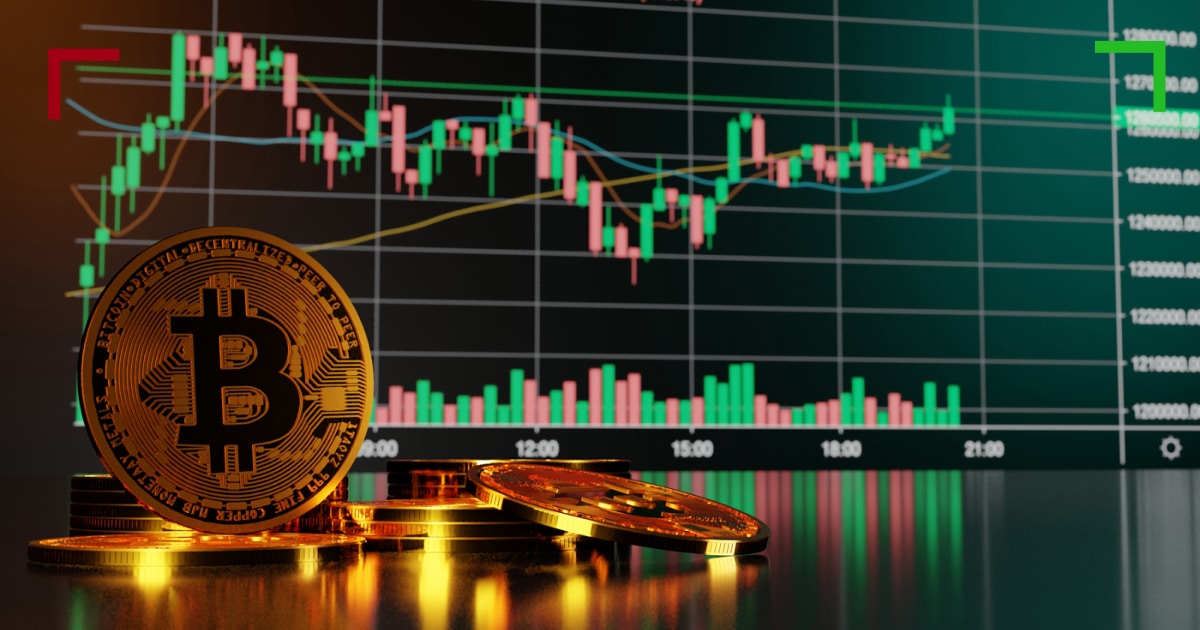
Mastering Crypto Trading Timing for Optimal Profits
The world of cryptocurrency trading is often depicted as a thrilling wild-west, full of opportunities and risks. Timing is crucial in this volatile market and can make or break a trader’s experience. Understanding the optimal moments to buy or sell can lead to substantial profits, while poor timing may result in significant losses. In this article, we will explore the critical aspects of crypto trading timing, from understanding market trends to technical analysis, along with effective strategies to maximize your trading outcomes. One useful source of information on market dynamics and timing can be found Crypto Trading Timing https://seekingalpha.com/article/45091-duke-energy-the-wall-street-analyst-forum-presentation-transcript.
The Importance of Timing in Crypto Trading
The cryptocurrency market operates 24/7, unlike traditional stock markets that have specific trading hours. This continuous trading environment means that market dynamics can change rapidly, creating an ever-present necessity for traders to refine their timing skills. Successful traders often emphasize that timing does not only refer to the moment to buy or sell, but also encompasses broader strategies like when to take a break, when to accumulate assets, or when to exit a position to prevent losses.
Key Factors Influencing Crypto Trading Timing
Several factors impact the timing of trades in the cryptocurrency realm. Below are some of the primary considerations:
1. Market Volatility
Cryptocurrency markets are notoriously volatile. Prices can swing wildly in a matter of minutes, leading to significant opportunities and risks. Understanding market volatility is crucial for timing trades effectively. Traders must keep an eye on news, regulatory changes, and market sentiment, as these factors can trigger abrupt shifts in prices. Utilizing technical indicators that measure volatility can also be beneficial.
2. Historical Price Patterns

Analyzing historical price data can provide insights into potential future movement. Many traders utilize patterns such as support and resistance levels, moving averages, and Fibonacci retracement levels to identify the best times to enter or exit trades. By recognizing previous trends and price reactions, traders can better anticipate future movements.
3. Economic Events and News
Macro-economic events and major news breaks can drastically influence market prices. For instance, announcements related to regulatory changes, technological advancements, partnerships in the blockchain ecosystem, or even social media sentiments can drive price changes. Staying informed through reliable news sources allows traders to adapt their strategies and execute trades at optimal times.
4. Global Market Sentiment
The cryptocurrency market is highly influenced by global sentiment. Institutional adoptions, high-profile endorsements, or negative media coverage can shift trader psychology. Understanding the sentiment in the broader market gives a competitive edge in determining when to trade. Sentiment analysis tools and social media monitoring can aid traders in tracking these shifts.
Effective Strategies to Improve Trading Timing
While timing can seem daunting, implementing systematic strategies can enhance your trading execution. Below are effective strategies that can be employed.
1. Use Technical Analysis

Technical analysis involves interpreting price charts to predict future movements based on historical data. Tools such as Relative Strength Index (RSI), Bollinger Bands, and candlestick patterns allow traders to identify good entry and exit points. Creating a routine where you conduct technical analysis regularly can help you to refine your timing.
2. Set Up Alerts
Modern trading platforms and apps offer functionalities to set price alerts. This tool allows traders to focus on other activities while remaining updated on market movements. Setting alerts at strategic price points based on your trading strategy ensures you can execute trades at pivotal moments without constantly monitoring the market.
3. Diversification and Risk Management
Diversifying your portfolio can mitigate risks associated with poor timing. By spreading investments across various cryptocurrencies or sectors, traders can balance potential losses. Coupling this with sound risk management practices, such as setting stop-loss orders, can protect capital and minimize the impact of adverse timing.
4. Time Your Trades
The cryptocurrency market’s unique trading hours necessitate a keen understanding of market psychology during specific times. Some traders find that entering or exiting trades during particular times of the day or week can lead to better outcomes. Understanding when trading volume is typically higher or lower can also aid in optimizing trade timing.
Conclusion
Timing in crypto trading is an art and a science. While no strategy guarantees success, an informed and calculated approach to timing trades can significantly bolster your trading outcomes. By understanding market volatility, analyzing historical price data, keeping abreast of relevant news and sentiments, and implementing strategic timelines for trades, you position yourself to navigate the tumultuous waters of crypto trading more effectively. As you continue to refine your trading strategies and timing, remember to learn from each experience, continuously adapting to market changes for sustained profitability.
